Home>Technology>Security & Surveillance>How To Bypass RFID Door Lock
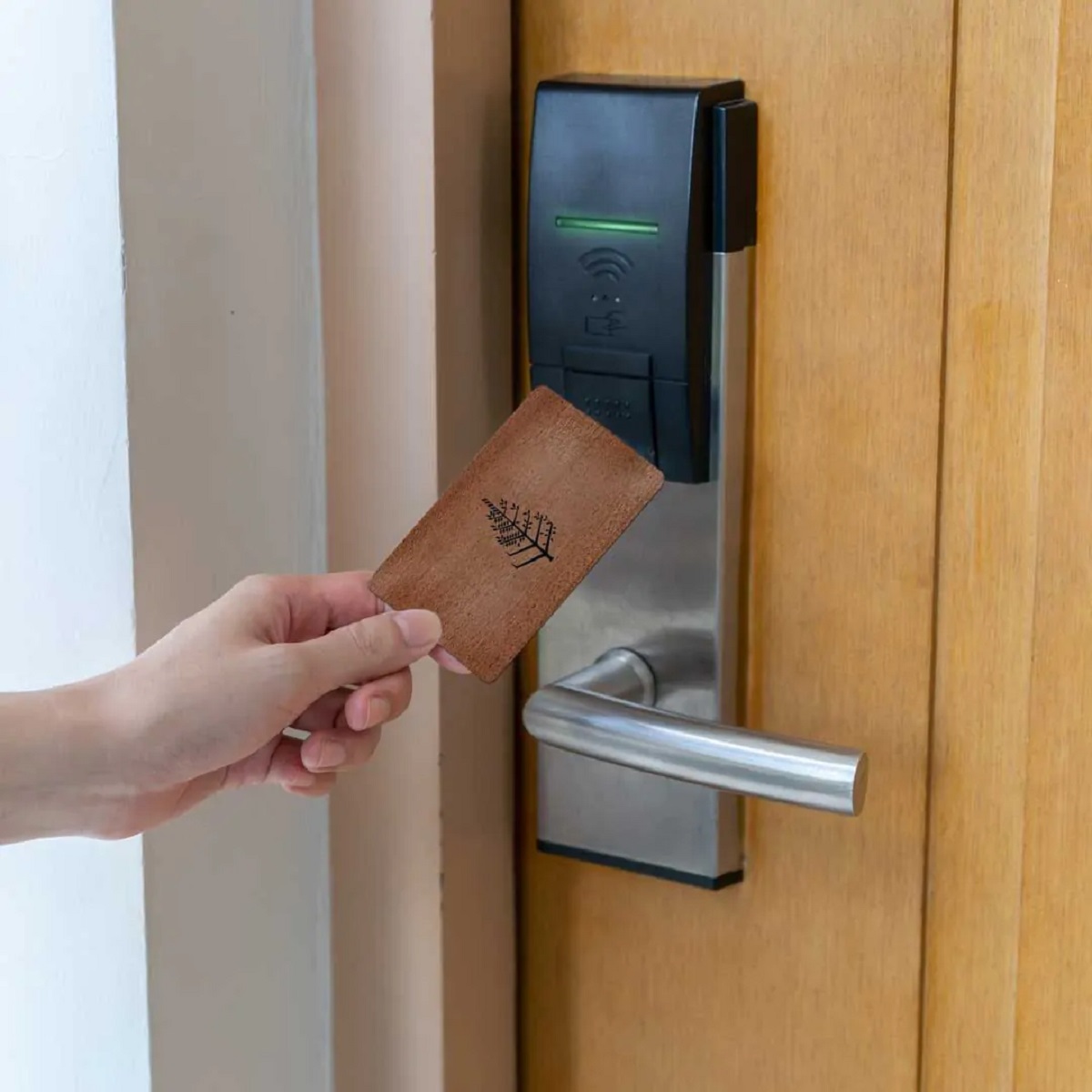

Security & Surveillance
How To Bypass RFID Door Lock
Modified: February 25, 2024
Learn how to bypass RFID door lock systems and enhance your security and surveillance measures with expert tips and techniques. Discover effective strategies to protect your assets and property. Unlock the secrets to advanced security solutions.
(Many of the links in this article redirect to a specific reviewed product. Your purchase of these products through affiliate links helps to generate commission for Storables.com, at no extra cost. Learn more)
Introduction
Welcome to the world of security and surveillance, where technology constantly evolves to protect our homes, offices, and assets. One such technological marvel is the RFID (Radio Frequency Identification) door lock, a sophisticated system designed to enhance security and convenience. However, as with any technology, there are potential vulnerabilities that can be exploited. In this article, we will delve into the intricacies of RFID door locks, exploring their functionality and potential weaknesses. Furthermore, we will discuss various methods to bypass RFID door locks, shedding light on the tools and techniques that can be employed to circumvent these security measures.
RFID door locks have gained popularity due to their convenience and efficiency. By using radio frequency signals to communicate between the access device (such as a key card or fob) and the lock, RFID systems offer a seamless and contactless means of entry. This technology has become ubiquitous in hotels, offices, and residential buildings, offering a modern alternative to traditional key-based access systems.
While RFID door locks provide a high level of security and are generally resistant to traditional lock-picking methods, they are not impervious to exploitation. As with any electronic system, RFID locks have potential vulnerabilities that can be exploited by individuals with malicious intent. It is essential for security professionals and end-users to be aware of these vulnerabilities in order to implement effective security measures.
Throughout this article, we will explore the inner workings of RFID door locks, the potential weaknesses in their design, and the methods that can be employed to bypass these security measures. By gaining a comprehensive understanding of RFID technology and its vulnerabilities, we can better protect our assets and ensure the integrity of our security systems.
Key Takeaways:
- RFID door locks provide convenient access, but they can be bypassed using tools like RFID readers and jammers. Understanding these vulnerabilities is crucial for better security.
- Attackers can clone RFID tags to gain unauthorized access. To stay safe, consider using encryption-enabled RFID tags and multifactor authentication for added security.
Read more: How To Bypass Lid Lock On Whirlpool Washer
Understanding RFID Door Locks
RFID door locks operate on the principle of radio frequency identification, utilizing electromagnetic fields to automatically identify and track tags attached to objects. In the context of door security, RFID technology enables seamless access control through the use of RFID-enabled key cards, fobs, or other portable devices. When a user presents an RFID tag to the reader located near the door, the reader captures the tag’s data and transmits it to the control unit, which then grants or denies access based on the information received.
There are several key components that form the foundation of RFID door lock systems:
- RFID Tags: These are small, portable devices that contain electronically stored information. In the context of door locks, RFID tags are typically embedded within key cards or fobs carried by authorized individuals.
- RFID Reader: The reader is a device that emits radio waves and captures data from RFID tags in proximity. It serves as the interface between the RFID tags and the control unit of the door lock system.
- Control Unit: This component processes the data received from the RFID reader and determines whether to unlock the door based on the validity of the RFID tag’s information.
RFID door lock systems offer several advantages over traditional key-based entry systems. They eliminate the need for physical keys, reducing the risk of key duplication and enabling convenient access management. Additionally, RFID technology allows for quick and contactless entry, enhancing user convenience and operational efficiency.
However, despite their numerous benefits, RFID door locks are not without vulnerabilities. One of the primary concerns is the potential for unauthorized access through the exploitation of RFID technology. As we delve into the methods to bypass RFID door locks, it is crucial to understand the underlying mechanisms of these systems and the inherent security risks they pose.
By comprehending the fundamental components and operation of RFID door locks, we can better grasp the methods used to bypass their security measures. This understanding is essential for security professionals and end-users alike, as it enables informed decision-making regarding the implementation of robust security protocols and countermeasures.
Methods to Bypass RFID Door Locks
While RFID door locks are designed to provide secure access control, they are not immune to bypass attempts. Various methods can be employed to circumvent the security measures implemented by RFID systems. It is essential for security professionals and end-users to be aware of these potential vulnerabilities in order to mitigate the risks associated with RFID door locks.
Below, we will explore several methods that can be used to bypass RFID door locks, shedding light on the tools and techniques that pose a threat to the integrity of these security systems:
Using an RFID Reader/Writer
An RFID reader/writer is a device that can communicate with RFID tags to read and write data. By using a specialized RFID reader/writer, an attacker can potentially intercept the communication between a legitimate RFID tag and the door lock’s reader. This interception may allow the attacker to capture the tag’s data and replicate it onto a blank or writable RFID tag, effectively creating a clone of the original tag. With the cloned tag in hand, the attacker can gain unauthorized access to the secured area, bypassing the RFID door lock’s intended security measures.
Using an RFID Cloning Device
RFID cloning devices are specifically designed to facilitate the duplication of RFID tags. These devices can capture the unique identifier and data from a legitimate RFID tag and transfer it to a blank tag, creating an exact replica of the original tag. Once the cloning process is successful, the attacker can use the cloned tag to gain entry without raising suspicion, as the RFID door lock system may recognize the cloned tag as a valid credential.
Read more: How To Bypass Garage Door Safety Sensors
Using an RFID Jammer
An RFID jammer is a device that emits radio frequency interference, disrupting the communication between RFID tags and the door lock’s reader. By deploying an RFID jammer in close proximity to the door lock, an attacker can effectively block the signals transmitted by legitimate RFID tags, preventing the door lock from receiving valid authentication data. This disruption can create an opportunity for unauthorized access, as the door lock may default to an insecure state in the absence of valid authentication signals.
These methods highlight the potential vulnerabilities of RFID door locks and underscore the importance of implementing additional security measures to mitigate the risks associated with RFID technology. By understanding the tools and techniques used to bypass RFID door locks, security professionals and end-users can proactively enhance the resilience of their access control systems and safeguard against unauthorized entry.
Using an RFID Reader/Writer
One of the most sophisticated methods to bypass RFID door locks involves the use of an RFID reader/writer. This specialized device is capable of communicating with RFID tags to both read and write data, presenting a significant security threat to RFID-based access control systems.
Attackers leveraging RFID reader/writer devices can intercept the communication between a legitimate RFID tag and the door lock’s reader. By capturing the tag’s data, including its unique identifier and authentication information, the attacker can then replicate this data onto a blank or writable RFID tag, effectively creating a clone of the original tag.
The process of cloning an RFID tag using a reader/writer typically involves the following steps:
- Interception: The attacker positions the RFID reader/writer in proximity to the legitimate RFID tag and the door lock’s reader, intercepting the communication between the two devices.
- Data Capture: The reader/writer captures the data transmitted by the legitimate RFID tag, including its unique identifier and any authentication information exchanged during the communication process.
- Replication: With the captured data in hand, the attacker can then write this information onto a blank or rewritable RFID tag, effectively creating a duplicate of the original tag.
- Unauthorized Access: Once the cloning process is successful, the attacker possesses a cloned RFID tag that mirrors the credentials of the legitimate tag. This cloned tag can then be used to gain unauthorized access to the secured area, bypassing the RFID door lock’s intended security measures.
It is important to note that the use of RFID reader/writer devices requires a certain level of technical expertise and specialized equipment. However, with the proliferation of such tools in the realm of cybersecurity and penetration testing, the potential for exploitation remains a concern for RFID-based access control systems.
As security professionals and end-users seek to bolster the resilience of RFID door locks against cloning attempts, it is imperative to consider additional security measures such as encryption-enabled RFID tags, tamper-evident access control systems, and multifactor authentication protocols. By implementing a layered approach to security, organizations and individuals can mitigate the risks associated with RFID technology and safeguard against unauthorized entry.
Using an RFID Cloning Device
RFID cloning devices pose a significant threat to the security of RFID-based access control systems, as they enable attackers to replicate RFID tags with precision and ease. These specialized devices are designed to capture the unique identifier and data from a legitimate RFID tag and transfer this information to a blank or rewritable RFID tag, effectively creating an exact replica of the original tag.
The process of cloning an RFID tag using a dedicated cloning device typically involves the following steps:
- Data Capture: The attacker utilizes the RFID cloning device to capture the unique identifier and authentication data transmitted by a legitimate RFID tag. This may involve positioning the cloning device in close proximity to the target RFID tag during a moment of legitimate usage, such as when an authorized individual presents their RFID key card for access.
- Replication: With the captured data in hand, the attacker proceeds to transfer this information to a blank or rewritable RFID tag using the cloning device. This process effectively duplicates the credentials of the original RFID tag onto the blank tag, creating a functional clone that mirrors the authentic tag’s data.
- Unauthorized Access: Once the cloning process is successful, the attacker possesses a cloned RFID tag that is indistinguishable from the legitimate tag in terms of its data and functionality. This cloned tag can then be used to gain unauthorized access to the secured area, bypassing the RFID door lock’s intended security measures.
RFID cloning devices are commercially available and relatively accessible, presenting a concerning security risk for organizations and individuals relying on RFID technology for access control. The ease of cloning RFID tags using these devices underscores the importance of implementing robust security measures to mitigate the potential for unauthorized access.
As a proactive countermeasure against RFID cloning attacks, organizations and end-users can consider the following security enhancements:
- Encryption-Enabled RFID Tags: Implementing RFID tags with advanced encryption capabilities can significantly mitigate the risk of cloning attempts, as the data stored on the tags is protected by cryptographic algorithms, making it exceedingly difficult for attackers to replicate the tags’ credentials.
- Tamper-Evident Access Control Systems: Deploying access control systems equipped with tamper-evident features can help detect and deter unauthorized tampering or cloning attempts, enhancing the overall security posture of RFID door locks.
- Multifactor Authentication Protocols: Augmenting RFID-based access control with multifactor authentication, such as biometric verification or PIN-based validation, adds an additional layer of security, reducing the likelihood of successful unauthorized access even in the event of cloned RFID tags.
By adopting a comprehensive approach to security that encompasses technological safeguards, physical security measures, and multifactor authentication, organizations and individuals can bolster the resilience of RFID door locks against cloning attacks and safeguard their premises against unauthorized entry.
You can bypass an RFID door lock by using a strong RFID signal amplifier or by cloning the RFID card. Be aware that bypassing RFID door locks may be illegal and unethical.
Using an RFID Jammer
RFID jammers represent a formidable threat to the security of RFID-based access control systems, as they are designed to disrupt the communication between RFID tags and the door lock’s reader, potentially enabling unauthorized access to secured areas. These devices emit radio frequency interference, effectively jamming the signals exchanged between RFID tags and the reader, thereby disrupting the authentication process and creating an opportunity for exploitation.
The deployment of an RFID jammer in close proximity to an RFID door lock can lead to various security implications:
- Signal Disruption: By emitting radio frequency interference, the RFID jammer disrupts the communication between legitimate RFID tags and the door lock’s reader, preventing the reader from receiving valid authentication data from the tags.
- Authentication Failure: As a result of the signal disruption caused by the jammer, the RFID door lock may be unable to validate the presence of authorized RFID tags, leading to a potential failure in the authentication process.
- Opportunity for Unauthorized Access: In the absence of valid authentication signals, the RFID door lock may default to an insecure state, potentially allowing unauthorized individuals to gain entry without presenting valid credentials, exploiting the disruption caused by the jamming device.
It is important to note that the use of RFID jammers for unauthorized access is a violation of legal and ethical standards, and their possession and deployment may be subject to legal consequences. However, the existence of such devices underscores the need for robust security measures to mitigate the risks associated with RFID technology.
As a proactive defense against the potential impact of RFID jammers, organizations and individuals can consider implementing the following security measures:
- Radio Frequency Monitoring: Employing radio frequency monitoring systems can help detect and identify the presence of unauthorized radio frequency interference, enabling timely mitigation of jamming attempts and enhancing the overall security posture of RFID door lock systems.
- Signal Redundancy and Error Correction: Implementing redundant communication protocols and error correction mechanisms within RFID door lock systems can mitigate the impact of signal disruption caused by jammers, ensuring reliable and resilient communication between RFID tags and the door lock’s reader.
- Physical Security Measures: Enhancing the physical security of RFID door lock installations, such as tamper-resistant enclosures and secure mounting of RFID readers, can mitigate the risk of unauthorized tampering or jamming attempts, bolstering the overall integrity of access control systems.
By integrating technological safeguards, vigilant monitoring, and physical security enhancements, organizations and individuals can fortify the resilience of RFID door locks against the potential impact of RFID jammers, safeguarding their premises against unauthorized access and maintaining the integrity of their security infrastructure.
Read more: How To Lock A Digital Door Lock
Conclusion
RFID door locks represent a modern and convenient approach to access control, leveraging radio frequency identification technology to provide seamless and contactless entry to secured areas. However, as with any technology, RFID door locks are susceptible to potential vulnerabilities that can be exploited by malicious actors. Throughout this article, we have delved into the intricacies of RFID door locks, explored their functionality, and discussed various methods to bypass their security measures.
Understanding the fundamental components and operation of RFID door locks is essential for security professionals and end-users, as it enables informed decision-making regarding the implementation of robust security protocols and countermeasures. By comprehending the potential weaknesses in RFID technology, individuals and organizations can proactively enhance the resilience of their access control systems and safeguard against unauthorized entry.
The methods to bypass RFID door locks, including the use of RFID reader/writer devices, RFID cloning devices, and RFID jammers, underscore the importance of implementing additional security measures to mitigate the risks associated with RFID technology. From encryption-enabled RFID tags to tamper-evident access control systems and multifactor authentication protocols, a layered approach to security can significantly enhance the integrity of RFID door lock installations.
As the landscape of security and surveillance continues to evolve, it is imperative for stakeholders to remain vigilant and proactive in addressing potential vulnerabilities in access control systems. By staying abreast of emerging threats and leveraging advanced security measures, organizations and individuals can fortify the resilience of RFID door locks and uphold the integrity of their security infrastructure.
Ultimately, the convergence of technology and security requires a multifaceted approach that encompasses not only technological safeguards but also physical security measures and vigilant oversight. By embracing a holistic security strategy, we can navigate the complexities of RFID technology and ensure that our access control systems remain robust, resilient, and effective in safeguarding our premises and assets.
Frequently Asked Questions about How To Bypass RFID Door Lock
Was this page helpful?
At Storables.com, we guarantee accurate and reliable information. Our content, validated by Expert Board Contributors, is crafted following stringent Editorial Policies. We're committed to providing you with well-researched, expert-backed insights for all your informational needs.

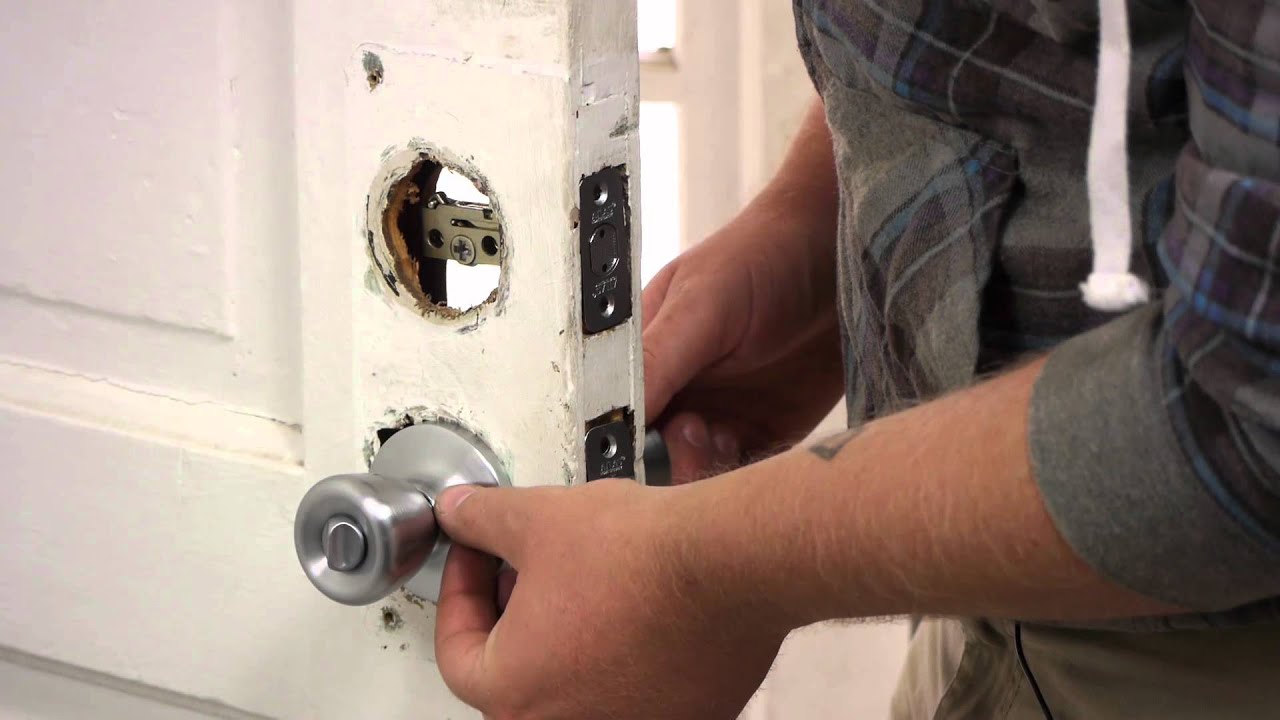


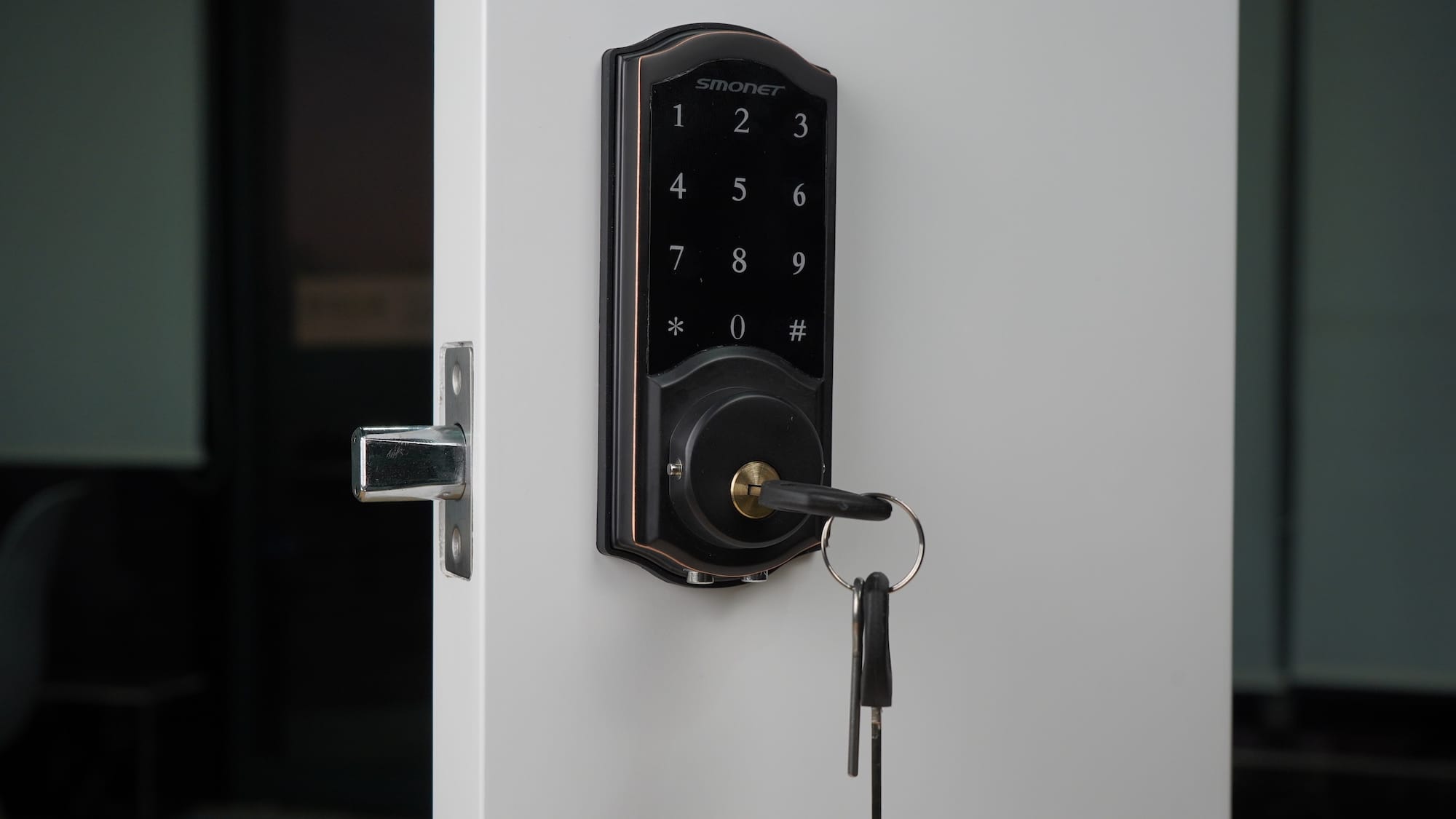

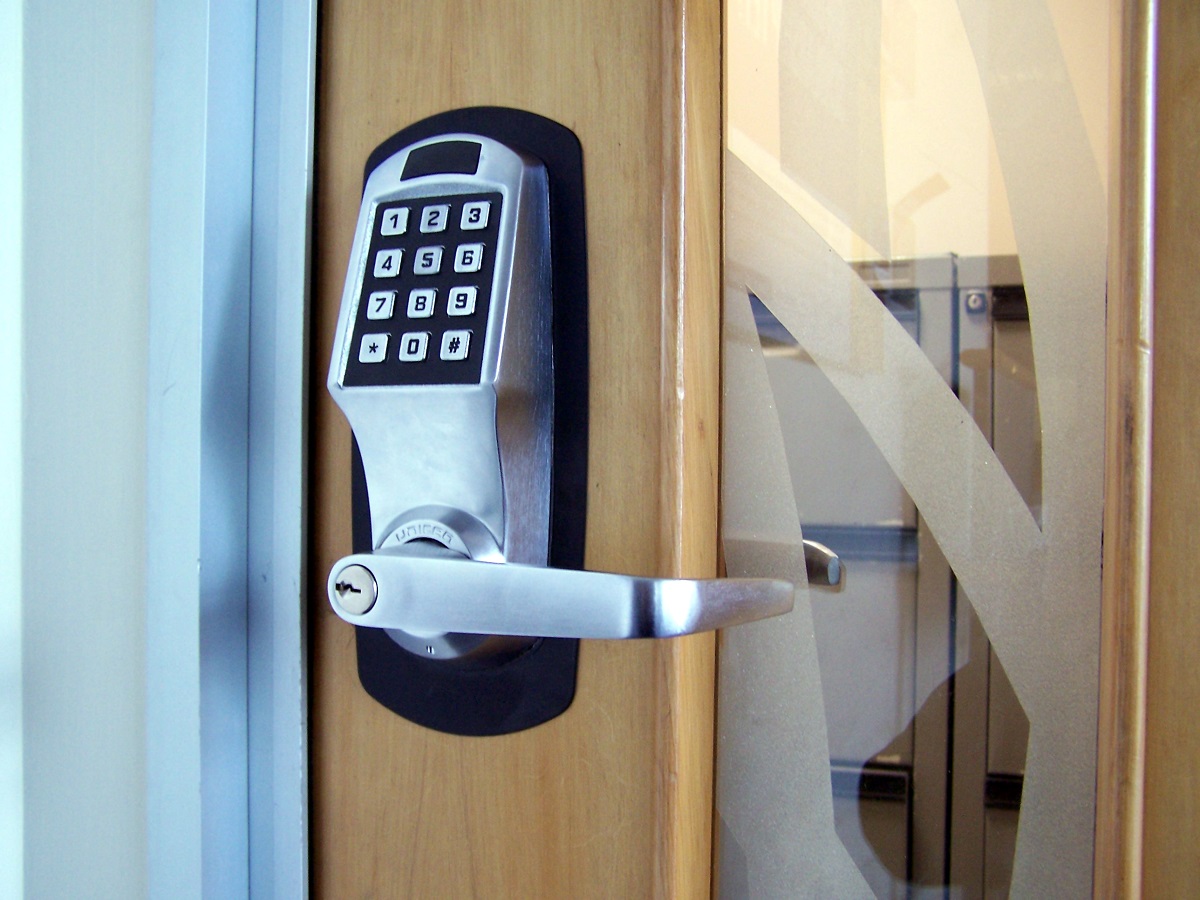

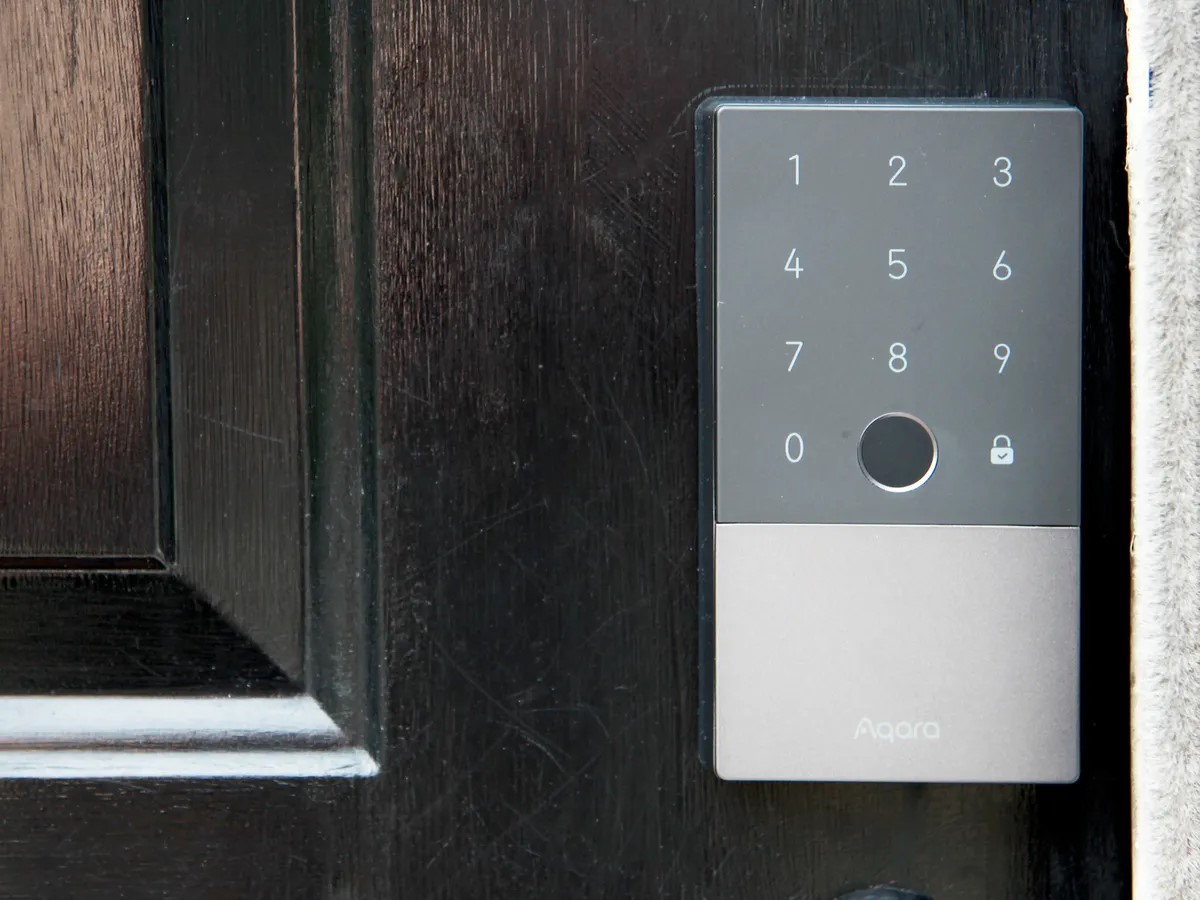
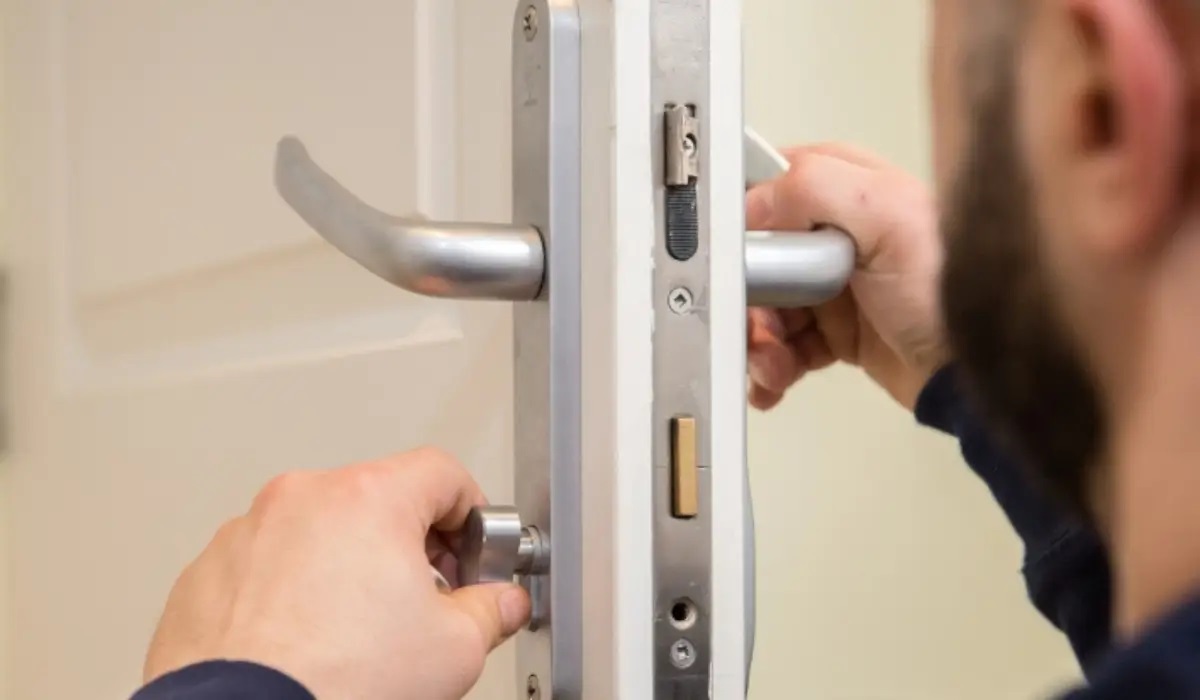
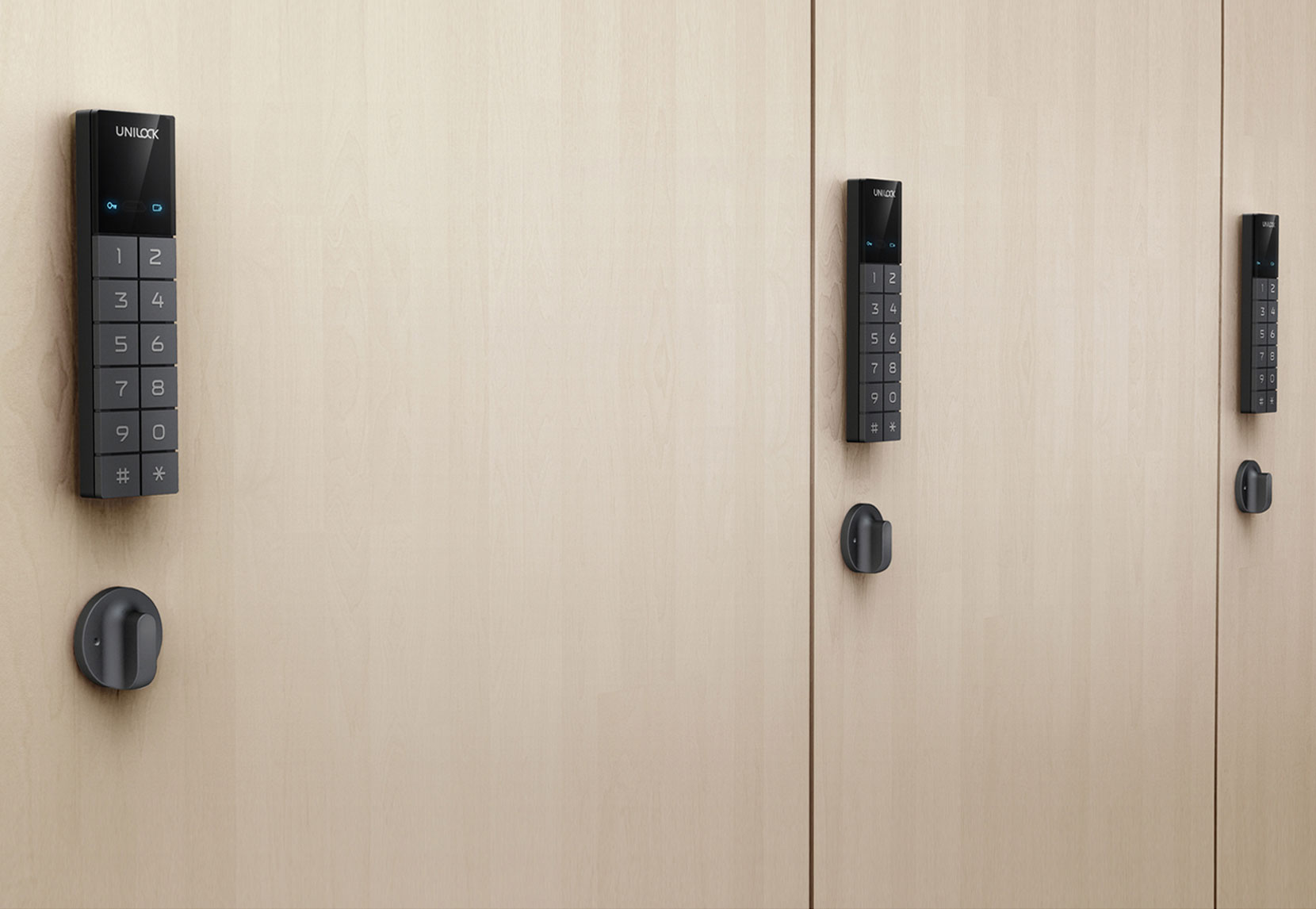



0 thoughts on “How To Bypass RFID Door Lock”